This Way Up for Saturday 4 June 2016
This Way Up 4 June 2016 Part 1
Electricity sensing bumblebees, sci fi couple, and a new approach to fighting Alzheimer's? Also tech news: music streaming options.
Electric bumblebees
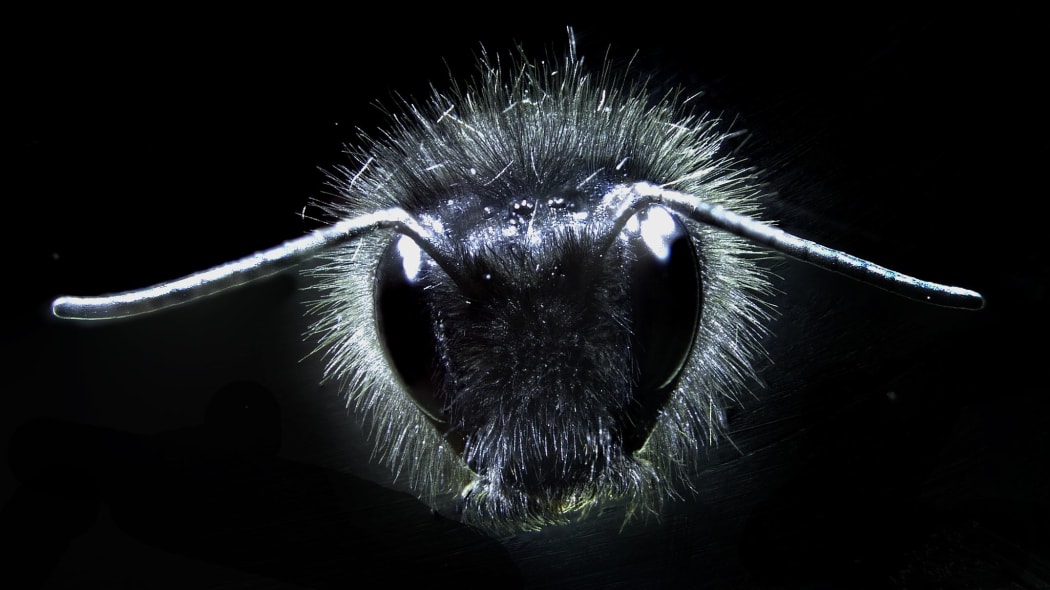
Bumble bee close up Photo: (GP Sutton, D Clarke, EL Morley, and D Robert)
Bumblebees can sense electric fields generated by flowers, and are using these electrical signals as a navigational aid to distinguish between different flowers as they buzz around gathering pollen. We speak to researcher Gregory Sutton from the University of Bristol who's made the startling discovery.
Sci fi couple

Classic Daleks Photo: (Flickr user Johnson Cameraface CC BY-NC-SA 2.0)
Rochelle and Paul Scoones met through a shared love of the TV series 'Doctor Who' about 20 years ago. Now they run a shop called Retrospace in Takapuna, jam packed with all sorts of sci fi collectibles and memorabilia.
Paul's story of the lost Doctor Who episode The Lion, found in NZ

Rochelle and Paul from Retrospace in Takapuna Photo: RNZ
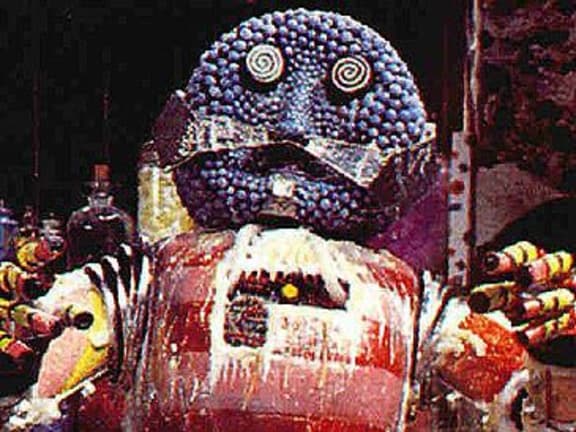
Behold the horror that is the...Kandy Man Photo: (Fair Use)
New approach to fighting Alzheimer's?
A discovery about the operation of a protein linked to Alzheimer's disease could shift the way the neurological condition is treated.
The protein beta amyloid gathers in tangles in the brain, causing neurological damage and eventually killing brain cells. Past Alzheimer's research has focussed on reducing levels of beta amyloid, but a team of researchers based in Australia and the US has found that it could be an essential part of our immune system.
Their research, published in the journal Science Translational Medicine, suggests that beta amyloid is one of the ways our body fights off bad bugs; it's an antibiotic that we produce to keep infections under control.
The study was on mice and worms, but the discovery that beta amyloid is part of an immune response could mean that future treatments of Alzheimer's are more targeted at avoiding particularly damaging infections through testing or vaccination.
Robert Moir, an Assistant Professor in Neurology at Massachusetts General Hospital and Harvard Medical School, is one of the study's authors.
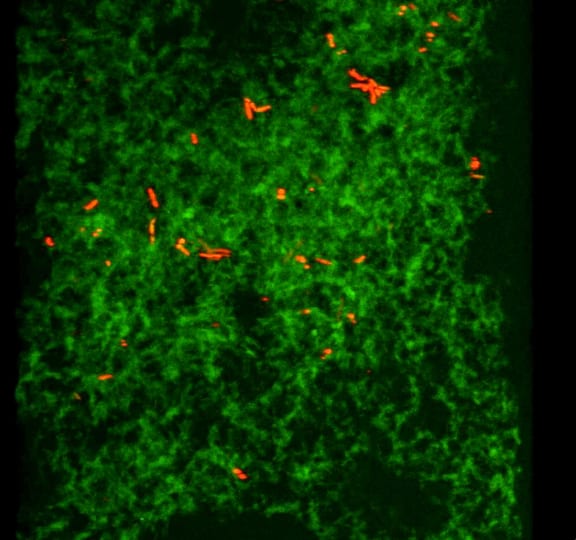
Salmonella bacteria (red) entrapped in a amyloid matrix (green) at an early stage of infection. Photo: (Supplied)
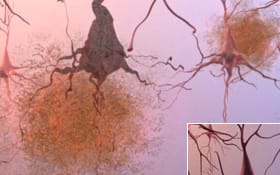
Plaques and tangles in brain tissue Photo: (Alzheimer's Association)
Tech news: music streaming options
Tech correspondent Peter Griffin with the latest tech news. This week, music streaming options including YouTube Red and Spotify. Also Saudi Arabia's sovereign wealth fund invests US$3.5 billion in Uber.

Photo: 123RF
This Way Up 4 June 2016 Part 2
Longevity drug, wood burners buyer's guide, treating menopause symptoms using acupuncture and Sean Carroll's 'The Serengeti Rules'.
Longevity drug
Could taking an immunosuppressant drug help us (and our pets) live longer?
That's the intriguing prospect offered by trials involving rapamycin, a medicine which prevents rejection of human organs after a transplant that's been shown to extend the lives of mice by up to 40 percent.
Now early results of a small study involving dogs also look promising. And researchers are optimistic that we humans could also enjoy some of the effects of rapamycin within the next decade.
Professor Matt Kaeberlein of the University of Washington is about to publish results of a trial involving about 40 dogs, with plans to extend this research to a larger sample size over a longer period.

Photo: (jaymantri.com CC0)
Wood burners: a buyer's guide
As we head into winter, This Way Up looks at the best home heating options with George Block of consumer.org.nz. This week - wood burners.
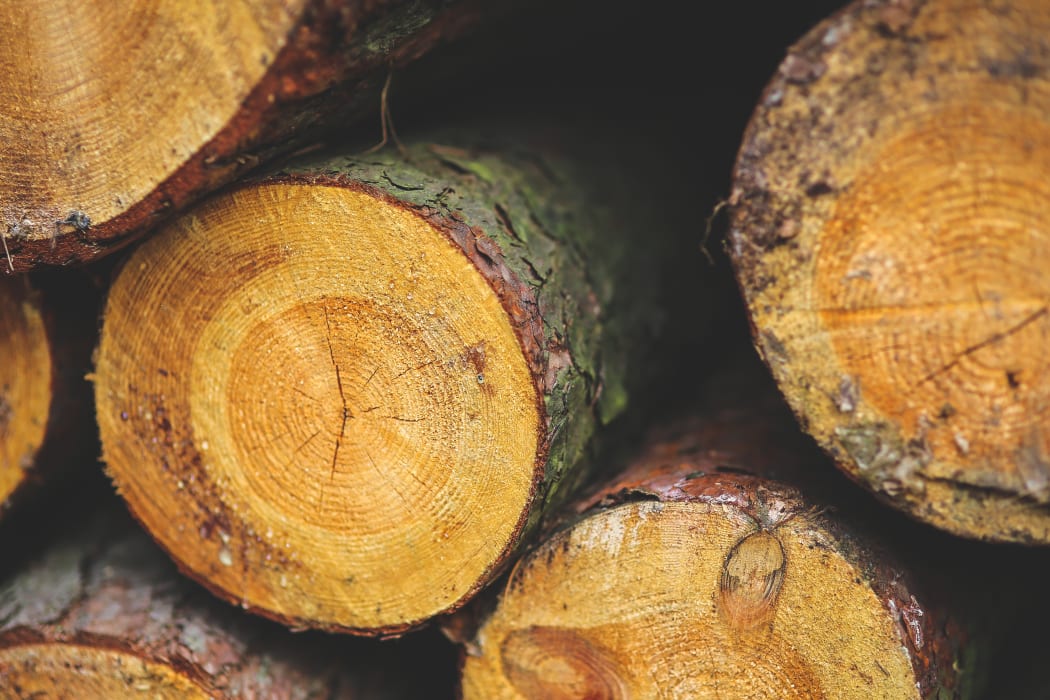
Photo: (kaboompics.com CCO)
- Heat pumps: a buyer's guide (This Way Up)
- Electric heaters: a buyer's guide (This Way Up)
- Guide to buying firewood (This Way Up)
- Home Heating Guide (consumer.org.nz)
Read an edited extract of the conversation:
Simon Morton: We're in a large retailer and we’re surrounded by [wood burners], George. The first thing that strikes me is that most of them are square, most are of them are a dark blacky-brown colour. The only variable is the fact that some will sit inside a wall. Over here they almost look like cassettes. They’re inserts versus these stand-alones. Which are more efficient?
George Block: Generally these stand-alones which sit on the ground and radiate heat out from all sides are the most efficient. But those inset cassettes are definitely a good option if you’ve got an old open fire to replace or you’re replacing an old night store heater or gas fireplace.
The other distinction they make is radiant and convector. Radiant fires shoot heat out from the front. They’re the ones that you sit around with a glass of cognac. The convector ones are a bit more… not like a heat pump,but they warm the air. So they’re less toasty out front, but they provide more ambient heating.
Generally, in drafty houses radiant heaters are a good option ‘cause you can sit in front of it, warm up quickly. But if you’ve got a well-insulated, modern, airtight home, we think convectors are worth considering, as well.
So the first thing you have to work out as a consumer when you’re coming in to look at a fire is how big a fire to get – when I say big, how much heat it’s going to give out – is that the critical thing?
Absolutely, yeah. Just like heat pumps, get the right amount of kilowats for the room you’re heating. In the north of the north island in a well insulated house, 10 kilowatts is going to be fine. But if you’ve got a drafty home down south or a big, huge house in Queenstown to heat up, for large spaces you’re going to need 14 kilowatts and upwards. If you’re heating a whole home by way of a ducted heat transfer system, look upwards of 20 kilowatts.
Right here we’ve got a 26-kilowatt beast. It is a lovely looking fire – this is made in New Zealand, nearly $3,000 – versus one over here, 14 kilowatts $1,600. Quite a lot of difference in price, nearly twice the price for the bigger unit. We’re talking quite a lot of capital here, aren’t we?
Yeah, that’s right. But that said, a big heat pump is going to set you back about $3,000 plus $500 - $1,000 to install. So they are comparable to heat pumps and natural gas fires. And they also cost about the same amount to run, even if you are buying firewood. But the fact is, there is more hassle, so it’s not an option for everyone. What we’ve found is that kiwis still love their wood burners. We recently asked our Facebook followers what was the best sort of heat and wood burners won hands down. People love the radiant toasty heat. They don’t like the hairdryer effect of heat pumps. So there’s definitely still a place for wood burners. They’re going to be here for years to come.
Another number on these fires, I can see there’s a plate here attached to it and it says 67%. This is the ‘overall average efficiency burning soft wood’. What does that mean?
That’s the number that they’ve come up with in the National Environmental Standards test. This NES test we’ve got a lot of issues with. It doesn’t give an accurate measure of how efficient it is in real life. That’s because they burn this ideal wood, this flat no-knots radiate that’s burnt in ideal test conditions. When we’ve tested a wood burner with anything like real firewood those efficiencies and emissions figures are far lower. But these percentages are valuable as a comparative tool. So this one - 67% - this one is definitely going to be more efficient, you’re going to get more heat from a piece of wood.
So the critical thing is get the highest efficiently you can afford and higher means you’re going to get more efficient wood burning.
That’s right, but the most important thing to consider is the raw heat output.
What about emissions? How do you measure emissions on a wood burner?
If you look on any wood burner label, you’ll see a figure that says ‘so and so grams per kilogram’ and it’s how many grams of your firewood is going into the atmosphere in terms of particulates. That’s a real hazard because people breathe in those pieces of firewood, basically, and it can cause all manner of respitory issues. Timaru – where they’ve got a lot of wood burners – has the worst air quality in Australasia.
Surely a big factor would be the quality of the firewood in determining those emissions. If you’ve got damp, bad firewood you’re going to have higher emissions. Is it as simple as that?
Yeah, basically it is. You’re going to need to burn well-seasoned firewood. That’s firewood with moisture content less than 25%. For soft woods like pine you’re going to need to dry it for 6 to 12 months. For things like gum and macrocarpa and manuka you’re going to need to dry it for anything up to 18 months.
Treating menopause symptoms using acupuncture
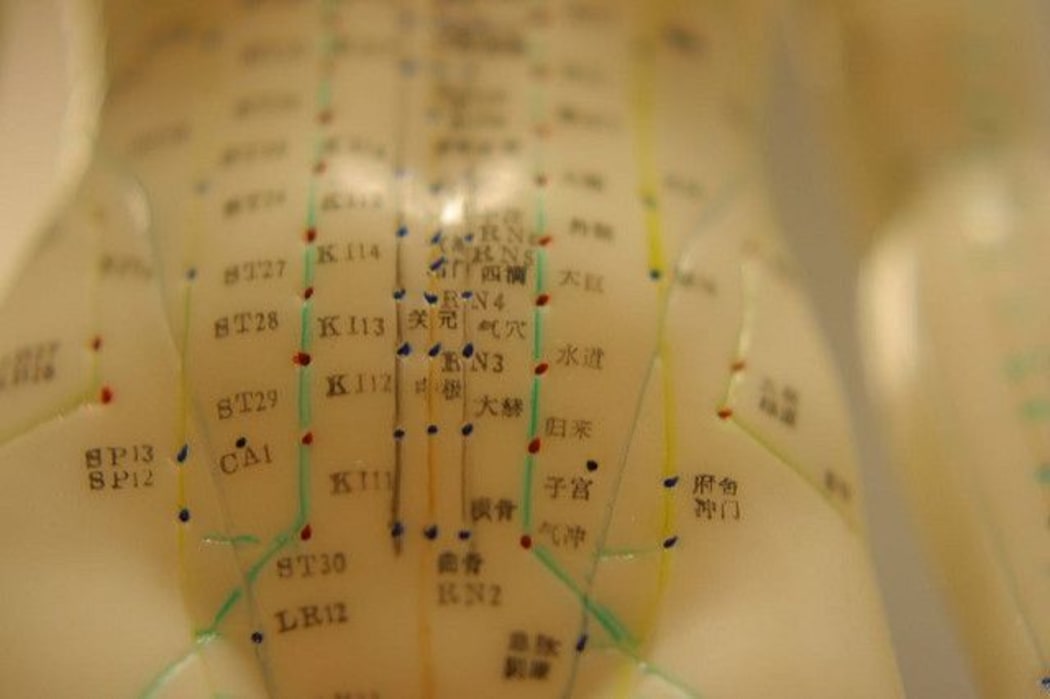
Acupuncture Doll Photo: (Flickr user Thunderchild7 Creative Commons Attribution 2.0 Generic license)
Acupuncture can reduce the frequency of common menopause symptoms by about one-third.
We explored the topic of menopause late last year with this 7 part series. In it we heard about concerns regarding the long term use of HRT and the questionable efficacy of alternatives like black cohosh or bioidentical hormones. This means that many women endure hot flushes and night sweats without any effective treatment.
Nancy Avis from Wake Forest School of Medicine conducted a large-scale study on more than 200 women, who were experiencing at least four hot flushes or night sweats on average every day. Her results confirm smaller studies she's done in the past, with people receiving acupuncture reporting an average 36 percent reduction in how often they experience hot flushes.
The Serengeti Rules
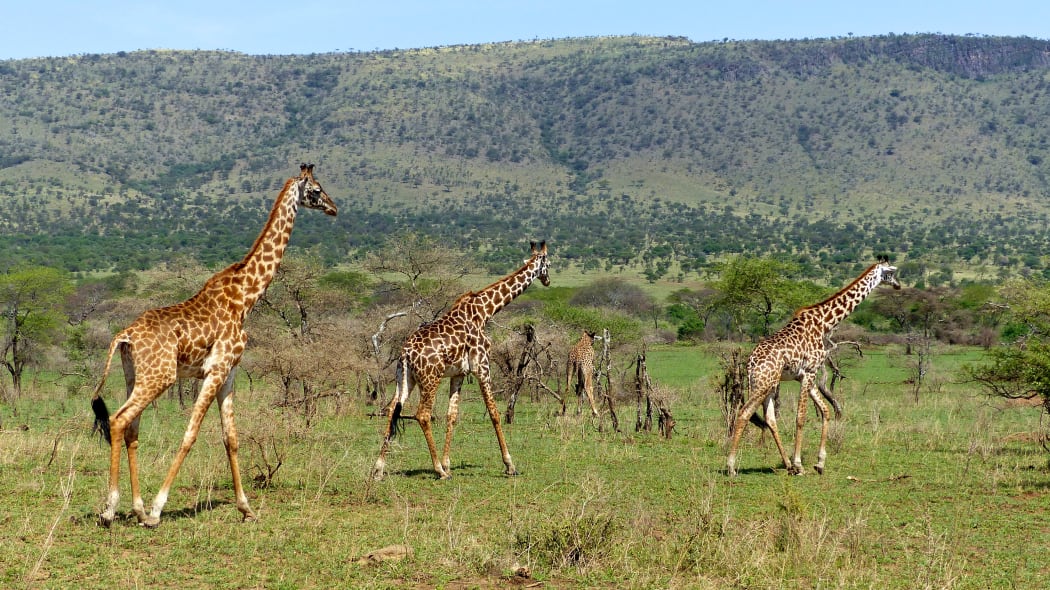
Giraffes, Serengeti National Park, Tanzania Photo: Patrick Carroll
Sean Carroll is a biologist and science writer and in his new book The Serengeti Rules: The Quest to Discover How Life Works and Why it Matters (Princeton University Press) he argues that regulation underpins life at every level and on every conceivable scale.
These are the rules that regulate the amount of every molecule in our bodies and rules that govern how many animals and plants there are in the wild. And according to Professor Carroll, the rules that regulate life are basically the same whether you look down a microscope or examine the whole planet and its ecosystems.
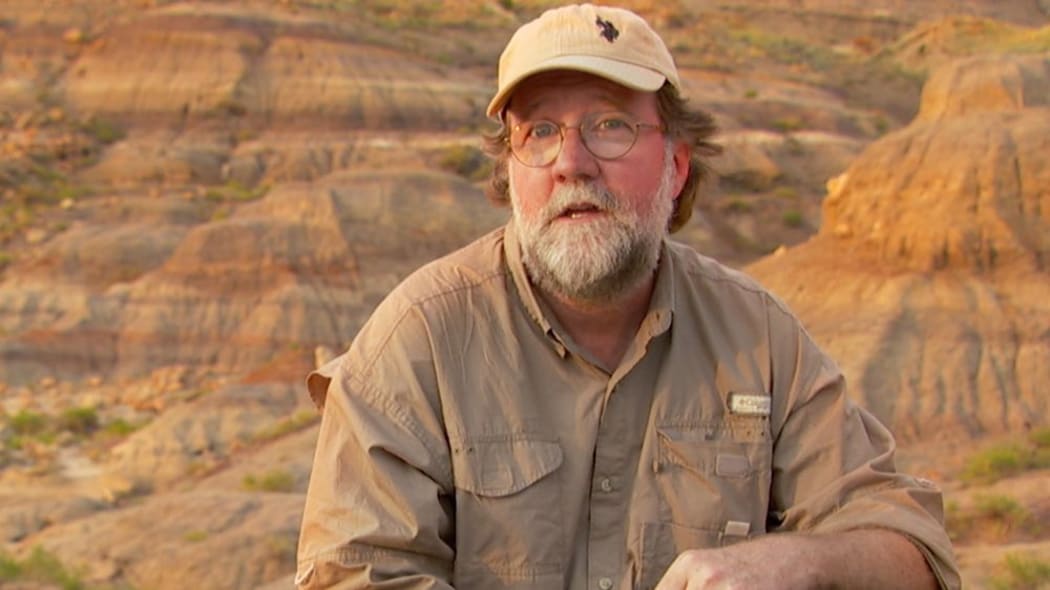
Sean Carroll Photo: (supplied)